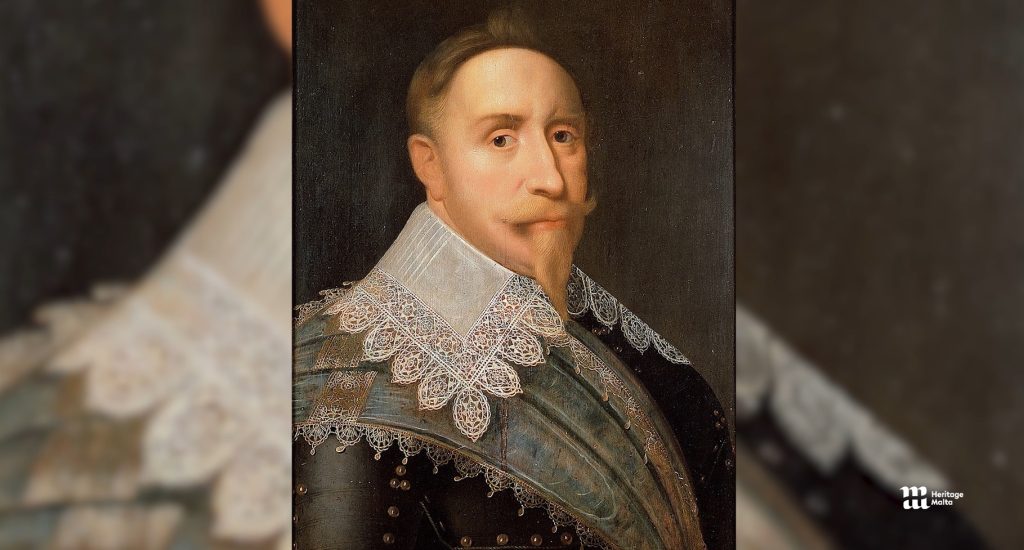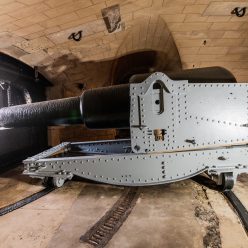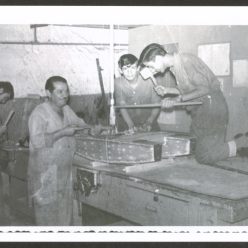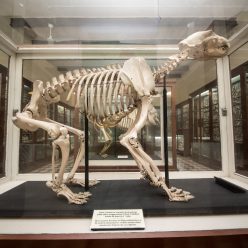by Robert Cassar and Warren Bugeja.
Certain cannons have a reputation for unpredictability, especially if unsecured, hence the idiom, but this lightweight prototype is a literal contender for the loosest cannon of all time.
When Gustavus Adolphus of Sweden commissioned a new lighter form of field artillery weapon, the first attempts backfired greatly, much like an auto-goal in football. The ‘leather gun’ was intended to replace the 12-pounder -or -heavier-cannon, the manoeuvring of which slowed down military tactics. Made from different materials, including leather, wood, rope and iron encircling an internal tube of copper, the cannons were designed to be handled by only a few men. Traditional cannons were cast from one metal, making them considerably heavy and unwieldy. The leather gun, on the other hand, speeded up mobility on rough terrain or icy ground. Equally important, they were cheaper to use. Unfortunately, there was just one fly in the ointment; a fatal flaw in the cannon’s construction made it an impractical option as a field weapon.

“Even though this cannon was a technological masterpiece, it resulted in failure,” Robert Cassar laments. Robert, who is the Curator of the Armoury within the Grand Master’s Palace selected this weapon as his artefact of choice within the national collection for Heritage Malta’s ‘Treasure To Meet You’, an HM TV series.
The predominantly organic nature of the cannon’s composite materials did not facilitate quick heat dissipation, resulting in excessive heat build-up after just a few shots. This, in turn, caused deformation of the tube and a significant drop in accuracy, rendering the weapon unsuitable for field use. Even after cooling down, the barrel remained vulnerable to bursting, posing a serious risk of injury or death to the loader. Despite seeing extensive use in Korea, Scotland and in the English Civil Wars of the 1640s and 1650s the leather gun was soon withdrawn from service in Sweden. Nevertheless, they had demonstrated that mobile fire support was instrumental in breaking an opponent’s infantry line on the battlefield especially when outnumbered. 4-pounder and 9-pounder demi-culverins were quickly invented, substituting the now obsolete leather gun. The Swedes had revolutionised warfare, and success at the Battle of Breitenfeld, in 1631 was the initial reward.

In the meantime, the Order of St John, always keen to catch up with the latest technology and developments in warfare and promptly ordered a leather gun for their arsenal. However, the acquisition proved to be a dud, and as Cassar states, The knights “Retained the piece until this day as a static item in the armoury” at the Grand Master’s Palace in Valletta.
Right now, the redundant cannon awaits in storage, where it will join the rest of the collection in the reinstated and restored armoury once the Palace opens its doors to the public later this year.
Watch the feature here in English or Maltese
‘Treasure to Meet You‘ is uploaded to Heritage Malta’s Facebook page every fortnight on a Tuesday at 19:00. The intimate series consists of short features in both English and Maltese versions. Each fortnight, viewers get to meet one of our dedicated curators, who were asked to select an artefact or feature from the national collection to which they are particularly attached.
Latest News
Press Releases | 19th April 2024
A Vibrant Special Opening at Fort Delimara
Press Releases | 8th April 2024
Objects Missing From the Grand Master’s Palace






